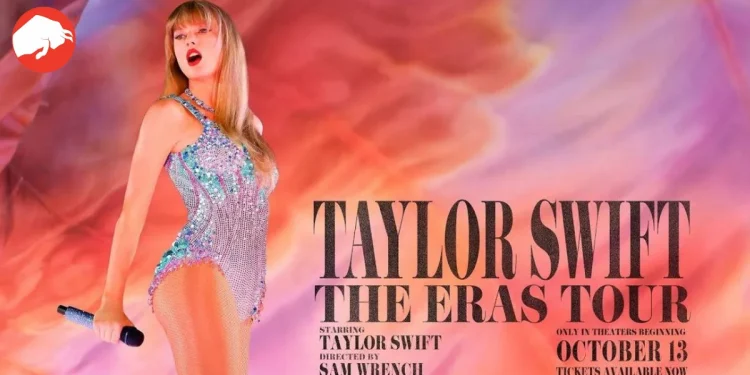The Showstopper: Taylor Swift and Her Unique Distribution Method
When Taylor Swift makes a move, the world pays attention. This time, however, it wasn’t just her melodic strums or poetic lyrics that caught the public’s eye. Instead, it was her innovative approach to releasing her concert film, “Taylor Swift: The Eras Tour,” that had everyone, from her loyal Swifties to movie mogul Christopher Nolan, talking.
“Taylor Swift is about to show the studios, because her concert film is not being distributed by the studios. It’s being distributed by the theater owner, AMC, and it’s going to make an enormous amount of money,” said Nolan during a talk at the CUNY Graduate Center.
Rethinking the Rules: Why This Method Matters
For as long as most of us can remember, film distribution has worked in a certain way: filmmakers team up with studios, who then partner with theaters to bring the movie to the masses. It’s a tried-and-true formula that has worked for generations. But Swift wasn’t content with tried-and-true.
“If they [the studios] don’t want it, somebody else will. So that’s just the truth of it,” Nolan emphasized.
Most major releases strike deals with studios who agree to purchase the rights to market and release the film in exchange for a chunk of the profits. Taylor Swift, however, turned the table. Unimpressed by her initial discussions with studios, she decided to go directly to AMC theaters for distribution. This wasn’t just a bold move; it was groundbreaking.
A Cultural Phenomenon: The Partnership with AMC
Taylor Swift and AMC surprised the industry with their unique partnership. Adult tickets were priced at $19.89, a nod to Swift’s iconic album, while tickets for children and seniors were set at $13.13, Swift’s favorite number.
The benefits didn’t stop there. Swift bagged a whopping 57% of ticket sales for “The Eras Tour,” a portion that usually goes to the distributor. This disruptive strategy led her film to become the highest-grossing concert film ever, causing studios to rethink their role in a rapidly evolving landscape.

The Domino Effect: What Does This Mean for the Industry?
Swift’s unique deal not only set her up for immense profit but also left the studios worried. Amidst tense times for the AMPTP who are facing heat for not negotiating with SAG-AFTRA amid an actors’ strike, Swift’s distribution method opens up a new playbook.
It offers theaters immense bargaining power and highlights an important fact: you don’t need a traditional studio to make a successful film. Taylor Swift had the star power, the fans, and the resources to pull this off, but what she’s done is create a ripple effect that might pave the way for others to follow suit.
Wrapping it Up with a Bow: The Future of Film Distribution
Taylor Swift’s case might be unique, but it’s anything but an isolated incident. The film industry is ripe for change, and Swift has provided a viable alternative to the status quo. Whether studios choose to adapt or be left behind, one thing is clear: the era of traditional film distribution is facing a serious shake-up, and everyone needs to take notice.
So, what will the future of film distribution look like? Only time will tell, but one thing is for sure: Taylor Swift has written a new verse, and it’s not part of a song—it’s part of a revolution.









